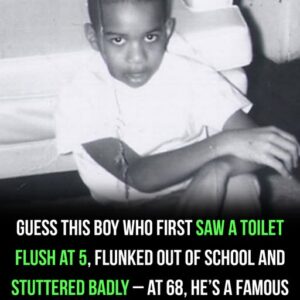hen ABC suspended Jimmy Kimmel Live! in mid‑September over his remarks about the alleged “Charlie Kirk assassin,” his exit set the stage for an explosive return. On September 23, 2025, Kimmel’s comeback drew 6.26 million viewers, making it the highest‑rated regularly scheduled episode in over a decade. This figure stood in contrast to his usual nightly audience of around 1.5–1.8 million. Even though roughly 23 % of ABC households couldn’t see the broadcast due to affiliate blackouts, the surge was clear.
But the resurgence was short‑lived. The next night, viewership plunged to around 2.43 million, losing more than half of its audience overnight. In the days that followed, the numbers hovered between 2.3 and 2.85 million, suggesting some residual interest but no real recovery. By October 1, Kimmel’s audience had shrunk even further, reaching 1.7 million—a level consistent with his previous performance before the suspension. On that same night, Gutfeld! (on Fox News) drew about 2.98 million viewers, nearly doubling Kimmel’s audience.
Much of the initial spike is attributed to public curiosity. Many viewers tuned in to see whether Kimmel would apologize for falsely accusing the attacker in the Kirk case of being a “card‑carrying MAGA supporter.” Rather than offering a full apology, Kimmel used his return to double down on his criticism of conservatives and defended satire. Once that moment passed, however, most of the audience departed.
This collapse underscores a deeper issue: the surge was driven by spectacle, not renewed loyalty. The data suggest that many tuned in out of intrigue, not genuine renewed interest. Moreover, the rapid drop in his key demographics points to waning advertiser value. In the broader context, Kimmel’s trajectory reflects a downtrend in late‑night TV, where even high‑profile moments struggle to reset long‑term viewership.





